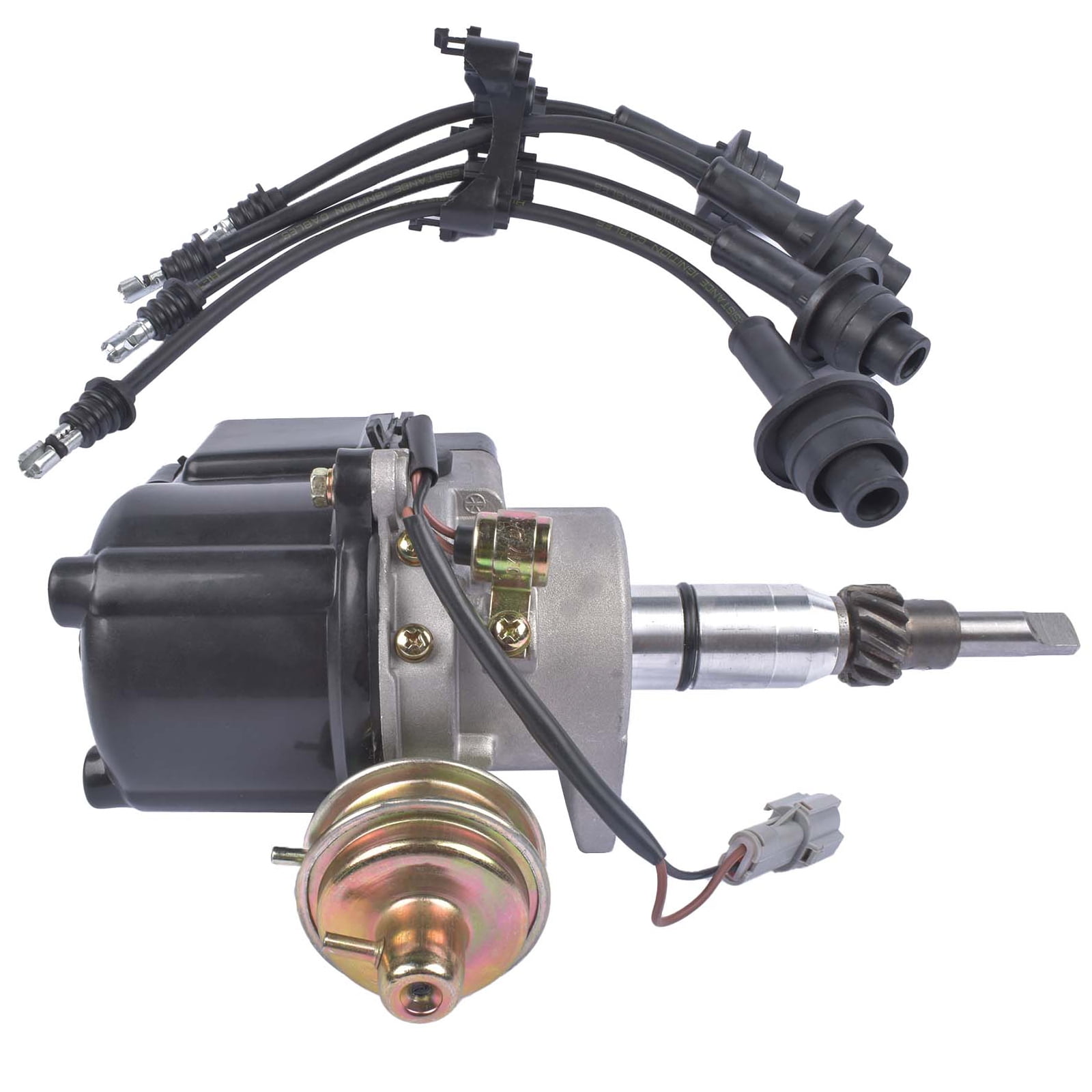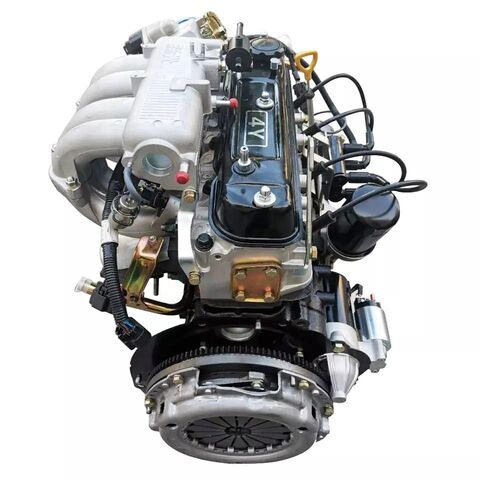Why the Engine Is the very best Selection for Performance and Performance in Your Auto
The engine stays a pivotal element in auto design, largely due to its significant impact on both efficiency and efficiency. As innovations in modern technology enable smaller engines to deliver exceptional power while maximizing fuel economic climate, the assimilation of features such as turbocharging and hybrid systems comes to be progressively vital. These developments not just boost driving experience but likewise address ecological problems. However, the question develops: just how do these components coalesce to redefine our understanding of automotive performance? Exploring this balance exposes deeper insights into the future of engine style.
Comprehending Engine Types
Understanding the various kinds of engines is crucial for optimizing efficiency and effectiveness in vehicle style. The primary engine types consist of interior combustion engines (ICE), electric engines, and crossbreed systems, each offering unique advantages and limitations.
Inner burning engines, which can be additional categorized right into gas and diesel variants, count on the burning of gas to produce power. Gasoline engines usually offer higher RPMs and far better velocity, while diesel engines are known for their torque and gas effectiveness, making them perfect for heavy-duty applications.
Electric engines, on the various other hand, utilize electrical motors powered by batteries or gas cells. They provide instantaneous torque distribution, leading to smooth acceleration and reduced discharges. The efficiency of electrical engines is considerably greater than that of ICEs, making them a prominent choice for eco-conscious customers.
Hybrid systems incorporate both interior combustion and electrical engines, leveraging the strengths of both modern technologies. They optimize gas consumption by utilizing electric power at reduced speeds and switching over to gasoline or diesel for greater speeds or much heavier loads.
Picking the best engine kind is important for attaining desired efficiency metrics and ecological sustainability in contemporary auto engineering.
The Effect of Engine Dimension
Engine dimension often plays a crucial duty in determining a vehicle's performance and effectiveness. Normally determined in litres or cubic centimeters, engine dimension straight influences the power outcome and torque attributes of an automobile.
However, increased engine dimension usually associates with decreased gas effectiveness. Smaller engines can deliver ample efficiency for everyday driving while advertising much better efficiency, making them a preferred option in compact and mid-size automobiles.
Additionally, innovations in engine style, such as turbocharging and straight fuel injection, enable smaller engines to accomplish power levels equivalent to their larger counterparts. This fad stresses the significance of not solely concentrating on engine size however also taking into consideration overall lorry design and modern technology (4y engine). Ultimately, the influence of engine size on performance and performance highlights the demand for consumers to examine their specific driving requirements and choices when selecting a car
Advanced Engine Technologies
Technologies in engine technologies have dramatically reshaped the landscape of automotive performance and effectiveness, structure upon the fundamental principles established by engine size. Notably, developments such as turbocharging and straight gas shot have actually made it possible for smaller sized engines to deliver power levels previously connected with larger counterparts. Turbochargers compress air going into the engine, allowing for boosted power output without a matching increase in engine dimension, while direct shot optimizes gas distribution, boosting burning performance.
In addition, variable shutoff timing systems have actually arised as a critical technology, allowing engines to adjust shutoff procedure based upon driving problems. This versatility enhances both performance during velocity and gas performance throughout travelling. Hybrid and electric engine technologies further highlight the change in auto layout, integrating conventional internal burning engines with electrical motors to make the most of efficiency while reducing exhausts.
Moreover, improvements in materials scientific research have actually resulted in visit this site lighter, more sturdy engine parts, even more enhancing efficiency and durability. The integration of innovative electronics and engine control units likewise permits real-time changes, making sure optimal efficiency across numerous conditions. Jointly, these sophisticated engine technologies not just improve automobile performance yet also add to a more lasting automobile future, showing the continuous advancement of engine style.
Harmonizing Power and Performance
Striking a balance between power and efficiency is essential in modern-day automobile layout as producers look for to meet significantly stringent exhausts regulations while satisfying customer demand for performance (4y engine). The obstacle hinges on enhancing engine features to deliver durable power result without sacrificing gas economic situation
To achieve this balance, designers use various methods, such as turbocharging, which boosts engine power forcibly in more air, permitting for a smaller sized engine displacement that improves fuel performance. Variable shutoff timing technologies likewise play a considerable duty, making it possible for engines to adjust their performance attributes based upon linked here driving problems, therefore enhancing both power and efficiency.
Additionally, improvements in products and making techniques have actually led to lighter engine elements, which lower general vehicle weight and boost fuel efficiency without compromising power. Hybrid innovations have actually also arised as a sensible option, combining standard inner burning engines with electrical powertrains to give a boost in efficiency while preserving lower emissions.

Future Trends in Engine Design

In addition, the advancement of innovative materials, such as light-weight composites and high-strength alloys, is established to revolutionize engine elements. These products not only minimize weight but likewise boost thermal effectiveness, therefore optimizing efficiency. In addition, producers are discovering variable compression ratios, enabling engines to adjust to various driving conditions, improving both power result and fuel economic climate.
Better, the rise of expert system and machine knowing in engine style is making it possible for predictive maintenance and real-time performance optimization. This innovation can bring about engines that self-adjust for maximum efficiency based on driving patterns.

Final Thought
In final thought, the engine serves as an important element in achieving optimal efficiency and effectiveness in contemporary cars. The interplay in between engine dimension and design continues to advance, driving advancements directory that balance exciting efficiency with ecological sustainability.
Furthermore, advancements in engine layout, such as turbocharging and straight fuel shot, enable smaller engines to attain power levels comparable to their bigger counterparts.Advancements in engine modern technologies have considerably improved the landscape of vehicle performance and efficiency, structure upon the foundational principles developed by engine size. Turbochargers press air going into the engine, allowing for raised power outcome without a corresponding rise in engine size, while straight shot optimizes gas delivery, boosting combustion performance.
Hybrid and electrical engine innovations further highlight the shift in automotive style, combining typical interior burning engines with electric motors to take full advantage of efficiency while lowering discharges.
Jointly, these sophisticated engine modern technologies not only improve lorry performance yet likewise add to a more sustainable automobile future, showing the ongoing development of engine design. (4y engine)